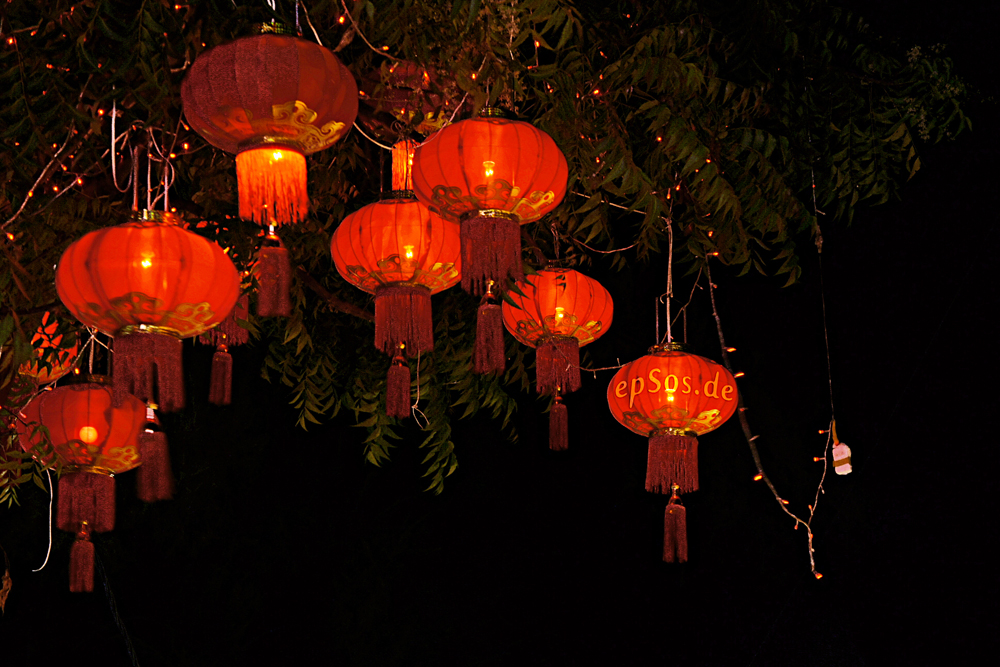Hancock’s brings the real New Deal
Hancock Hancock/The New Deal
Roseland
8 N.W. Sixth Ave.
March 15
9 p.m.
$21.50 general, Fastixx
Herbie Hancock’s output over the years has been interesting, for better or worse. Whether you truly dig his music or not, you have to at least admit that this funkiest “Headhunter” of them all has tended to take chances where many others would shy away. Just take a look at his incredibly diverse resume, which ranges from playing keys in Miles Davis’ second great Quintet in the late ’60s to recording the influential Headhunters album in 1973 that popularized funk jazz. Consider his electro dance experiments in the ’80s. He has won eight Grammies, an Oscar for the film “Round Midnight,” did the music for “Fat Albert” and helped introduce the pop world to the DJ as musician with Grandmaster DST and “Rockit.”
It is the realm of DJ culture that Hancock steps into again with his newest release Future 2 Future, on which he collaborates with many artists who were influenced by him and may have even stolen a sample or two, including Carl Craig, A Guy Called Gerald and Rob Swift. In addition, the record also features work from old bandmates Jack DeJohnette, Tony Williams, and Wayne Shorter, as well as the legendary Chaka Khan (though no Rufus is in sight). The album also reunites him with electronic vibe producer Bill Laswell, who worked on Future Shock, the album that spawned “Rockit.”
Sound impressive? Hancock certainly thinks so, stating that “the music on the record as a whole is a bold statement of creativity possibilities for the 21st century,” and also that the musicians “purposely approached the organization of the pieces through a process of reexamining the conventional uses of the instruments and including new uses of those instruments.” Hancock adds that “this opened up possibilities that are unlike any that I have recorded in the past yet utilizing all the experience that the other seasoned musicians and I bring from the past.”
To be honest, the results are mixed. While some tracks on the album are definitely worth a spin in my own personal playlist, it’s questionable as to whether it’s groundbreaking on the whole. The quality of production is surely high class, as you would expect, but one does get the feeling that in some ways, Hancock is playing catch-up to producers such as Craig and A Guy Called Gerald, who have made innovations in all types of electronic dance music.
Granted, Hancock does an excellent job in updating his sound to the new sounds of today, and the fact that he is willing to take a chance on such a project should earn him enough respect. It is relatively easy and simple for legends to simply sit back and relax and keep churning out the same old material that made them who they are, but Hancock will have none of that.
There are some things that can be differentiated between the produced-solely-in-the-studio tracks that dominate DJ culture and Hancock’s take on music. We are dealing, in Hancock’s case, with live musicians, and to truly appreciate his work, one will notice his virtuoso, complex, yet graceful keyboard lines on the all of the tracks. Of course, there is a degree of musicianship here that at times sounds like there is some of improvisation, even if Hancock’s band is trying to not sound like live musicians.
The fusion of live/electronic-based music is something that has been developing steadily in recent years, with various projects from all over the musical map testing it out, but there have been few groups to fully integrate the energy and vitality of electronic dance music with the improvisation and intangibility of live musicians.
It will surely be worth a look to see if Hancock’s current group of keys (Darryl Diaz), drums (Terri Lyne Carrington), trumpet (Wallace Roney), bass (Matthew Garrison) and DJ (Disc) can pull off the highly-produced sound of the record, but nonetheless, you know that they will groove, and so will you.
One group that has been a proponent of live electronic music in recent years is The New Deal, who open for Hancock’s group, and who are self-described “live progressive breakbeat house.” And yes, they are just as promised, playing continuous high-energy sets that sound like a DJ mix, with a high degree of improvisation. Did I mention that they’re also Canadian?
The group of Dan Kurtz (bass), Darren Shearer (drums/beatbox) and Jamie Shields (keys) came out of the overlooked Toronto dance scene in 1999. See them, and Hancock, while you can, and kick off spring break by breakin’ down to these new grooves.





